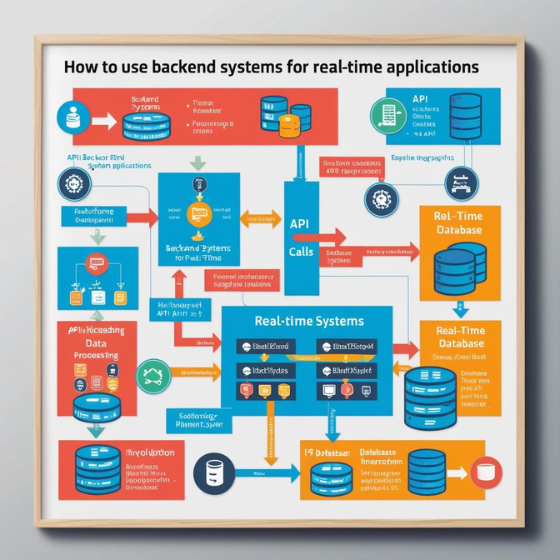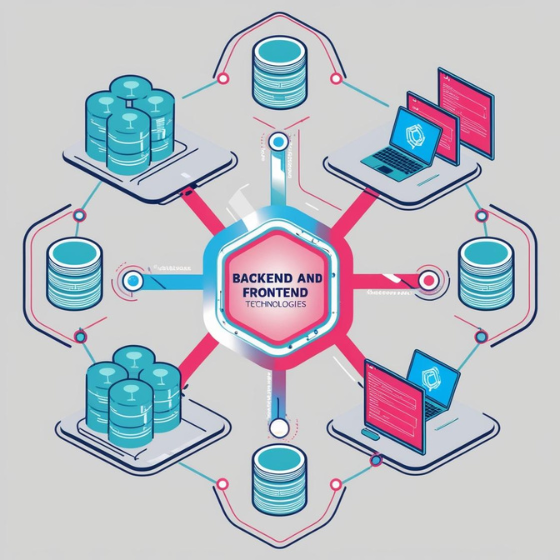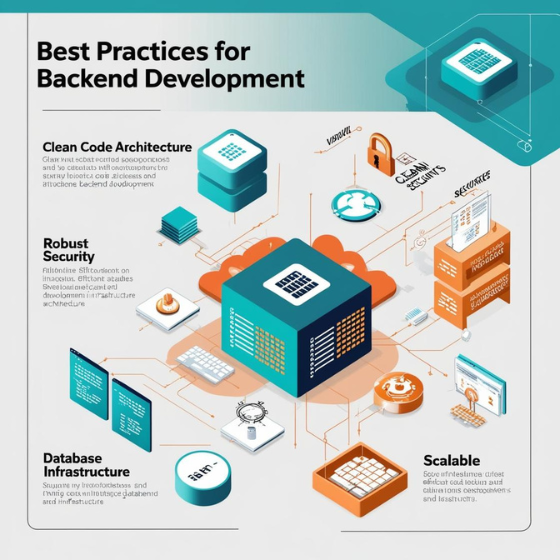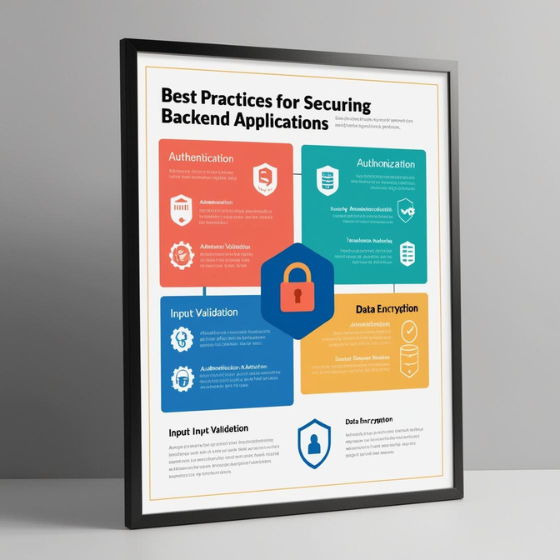Node.js has become a cornerstone in modern web development due to its non-blocking, event-driven architecture and ability to handle large-scale applications efficiently. Whether you’re a seasoned developer or new to Node.js, adhering to best practices ensures that your applications are scalable, maintainable, and secure. This blog outlines the essential best practices for Node.js development to help you build robust and efficient applications.
1. Follow a Modular Architecture
Organize Code with Modules
One of the fundamental principles of Node.js development is modularization. Breaking down your application into smaller, reusable modules enhances readability, maintainability, and scalability. Each module should encapsulate a specific piece of functionality, such as routing, middleware, or database interactions. By organizing your code into modules, you can easily manage dependencies and make updates without affecting other parts of the application.
Use NPM Packages Wisely
Leverage Node.js’s package manager, NPM, to include third-party libraries and tools in your project. Be cautious when selecting packages—opt for well-maintained, widely used packages with good documentation and community support. Avoid adding unnecessary dependencies to minimize security risks and keep your application lightweight.
2. Implement Error Handling and Logging
Centralize Error Handling
Proper error handling is crucial for maintaining application stability and providing a good user experience. Centralize error handling in your application to manage errors consistently and avoid code duplication. Implement try-catch blocks where necessary and use middleware to handle errors in your Express applications. Ensure that errors are logged for debugging and monitoring purposes, but avoid exposing sensitive information to end users.
Utilize Logging Tools
Effective logging helps you monitor application performance and troubleshoot issues. Use logging libraries like winston or morgan to record logs at various levels (info, warn, error). Implement logging strategies that capture important events and errors without overwhelming the log files. Regularly review logs to identify and address potential issues before they impact users.
3. Optimize Performance
Leverage Asynchronous Programming
Node.js’s non-blocking I/O model allows for high concurrency and performance. Utilize asynchronous programming techniques to prevent blocking operations from hindering the application’s responsiveness. Use async/await and Promises to handle asynchronous code more cleanly and avoid callback hell.
Monitor and Improve Performance
Regularly monitor your application’s performance to identify bottlenecks and optimize resource usage. Tools like PM2 or New Relic can provide insights into your application’s performance metrics, such as response times and memory usage. Optimize database queries, reduce unnecessary processing, and use caching strategies to enhance performance.
4. Secure Your Application
Implement Authentication and Authorization
Securing your Node.js application involves implementing robust authentication and authorization mechanisms. Use established libraries like passport for authentication and jsonwebtoken for managing JSON Web Tokens. Ensure that users have appropriate permissions based on their roles and restrict access to sensitive resources.
Protect Against Common Vulnerabilities
Address common security vulnerabilities such as SQL injection, Cross-Site Scripting (XSS), and Cross-Site Request Forgery (CSRF). Validate and sanitize user inputs, use prepared statements for database queries, and apply security headers to prevent attacks. Regularly update dependencies to fix known security issues.
5. Ensure Code Quality and Consistency
Adopt Coding Standards
Consistency in coding standards enhances readability and maintainability. Adopt a style guide for your project, such as the Airbnb JavaScript Style Guide or StandardJS. Use tools like ESLint or Prettier to enforce coding standards and automatically format your code.
Write Unit and Integration Tests
Testing is crucial for ensuring that your application functions as expected and is free of bugs. Write unit tests to verify individual components and integration tests to ensure that different parts of your application work together correctly. Use testing frameworks like Mocha, Jest, or Chai to automate your testing process and improve code reliability.
6. Manage Environment Variables
Use Environment Configuration
Managing environment-specific configurations is essential for deploying Node.js applications across different environments (development, staging, production). Store sensitive information, such as API keys and database credentials, in environment variables rather than hardcoding them into your application. Tools like dotenv can help manage environment variables and ensure that sensitive data remains secure.
Separate Configuration from Code
Keep configuration settings separate from your application code to improve maintainability and security. Use configuration files or environment variables to manage settings for different environments. This practice makes it easier to update configurations without modifying the application code.
7. Optimize Database Interactions
Use Connection Pools
When interacting with databases, use connection pooling to manage and reuse database connections efficiently. Connection pooling reduces the overhead of establishing new connections and improves the overall performance of your application.
Implement Data Validation
Ensure that data entering your database is validated and sanitized to maintain data integrity and prevent SQL injection attacks. Use schema validation libraries or database constraints to enforce data validation rules and prevent invalid or malicious data from being stored.
8. Deploy and Maintain Your Application
Automate Deployment
Automate the deployment process to ensure consistent and reliable application releases. Use Continuous Integration and Continuous Deployment (CI/CD) tools like Jenkins, Travis CI, or GitHub Actions to automate testing, building, and deploying your application.
Regularly Update and Maintain
Keep your application up-to-date with the latest security patches and feature updates. Regularly review and refactor your code to address technical debt and improve maintainability. Perform routine maintenance tasks, such as database backups and performance tuning, to ensure the continued health of your application.
Conclusion
Adhering to best practices in Node.js development helps build scalable, secure, and maintainable applications. By following modular architecture principles, implementing robust error handling and logging, optimizing performance, and ensuring security, you can create high-quality Node.js applications that meet the demands of modern web development. Emphasize code quality, environment management, and automated deployment to streamline development and maintain a reliable application throughout its lifecycle. By incorporating these best practices, you can harness the full potential of Node.js and deliver exceptional applications.







